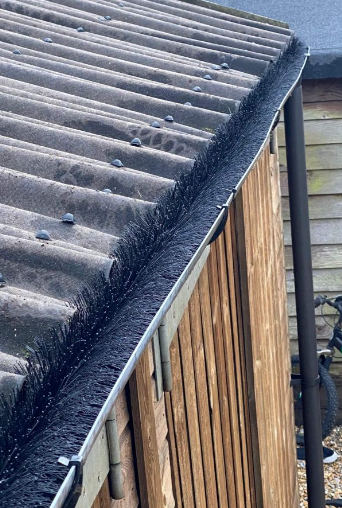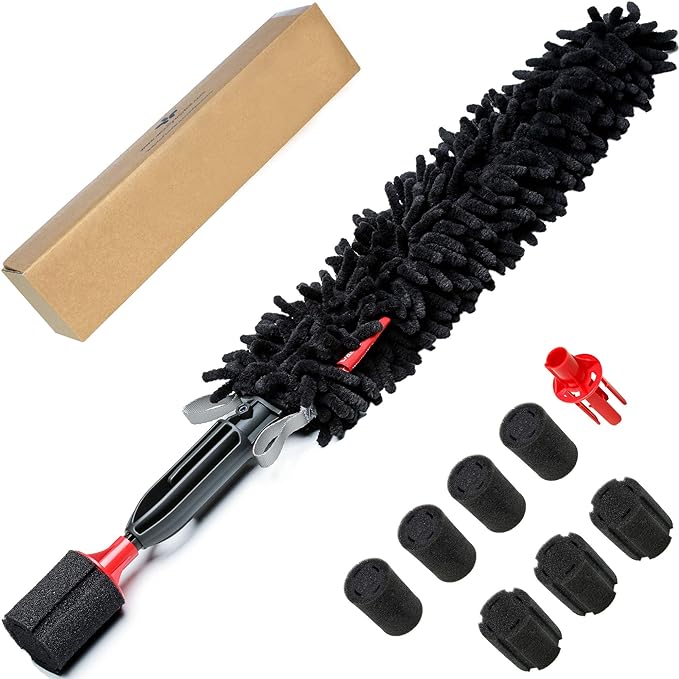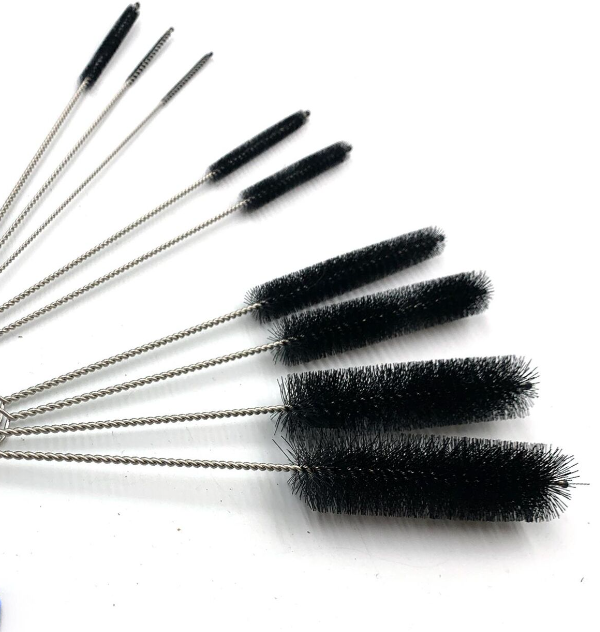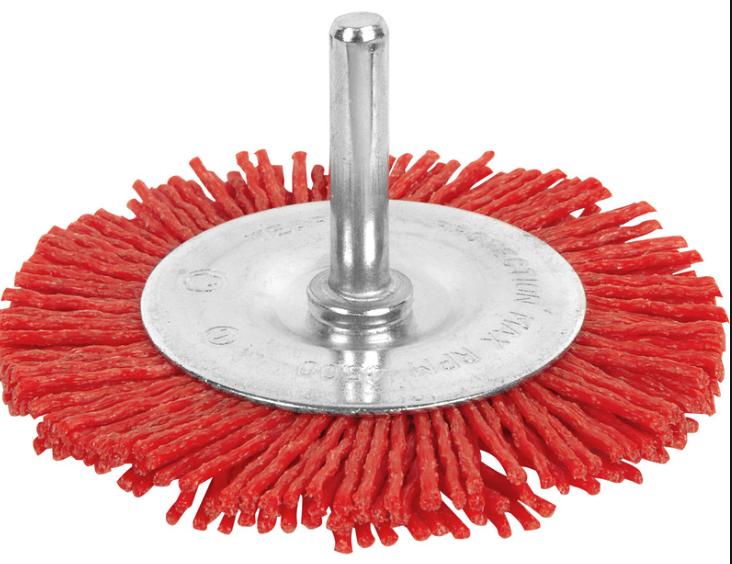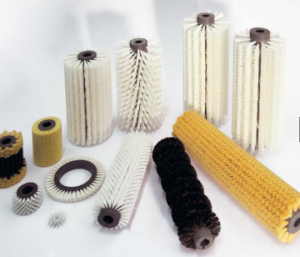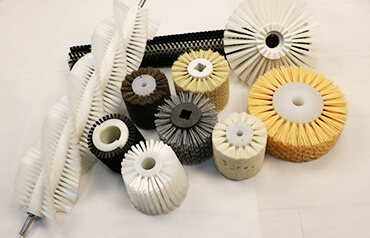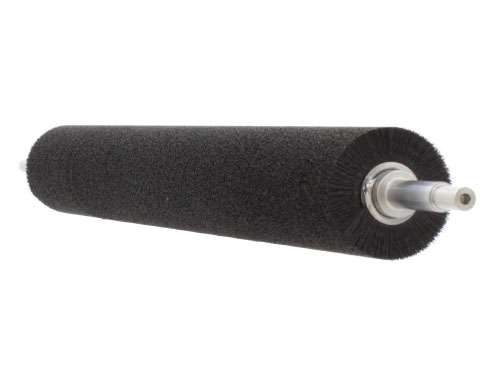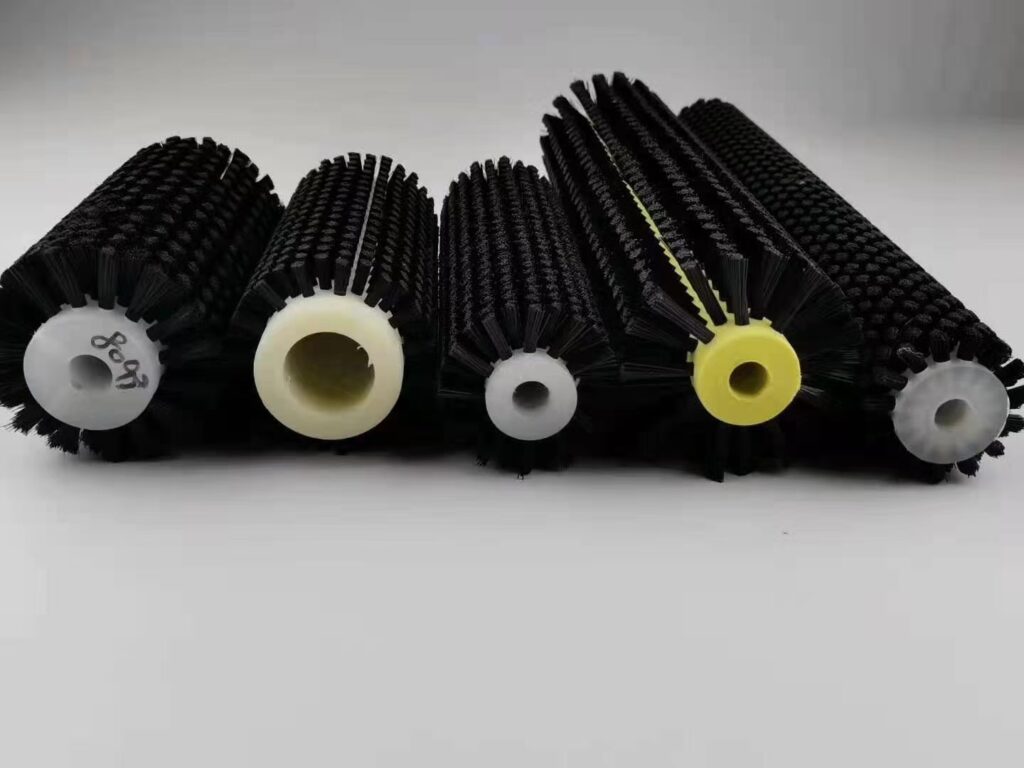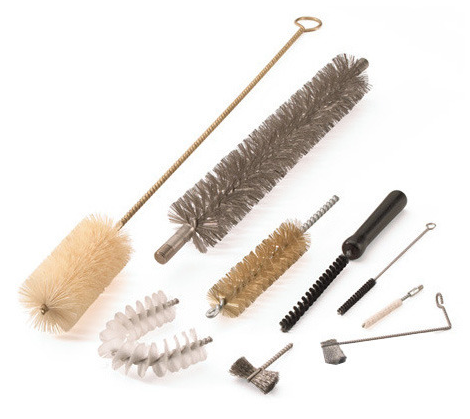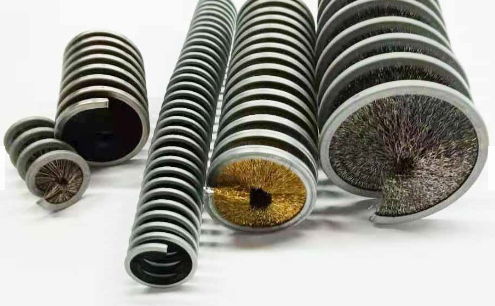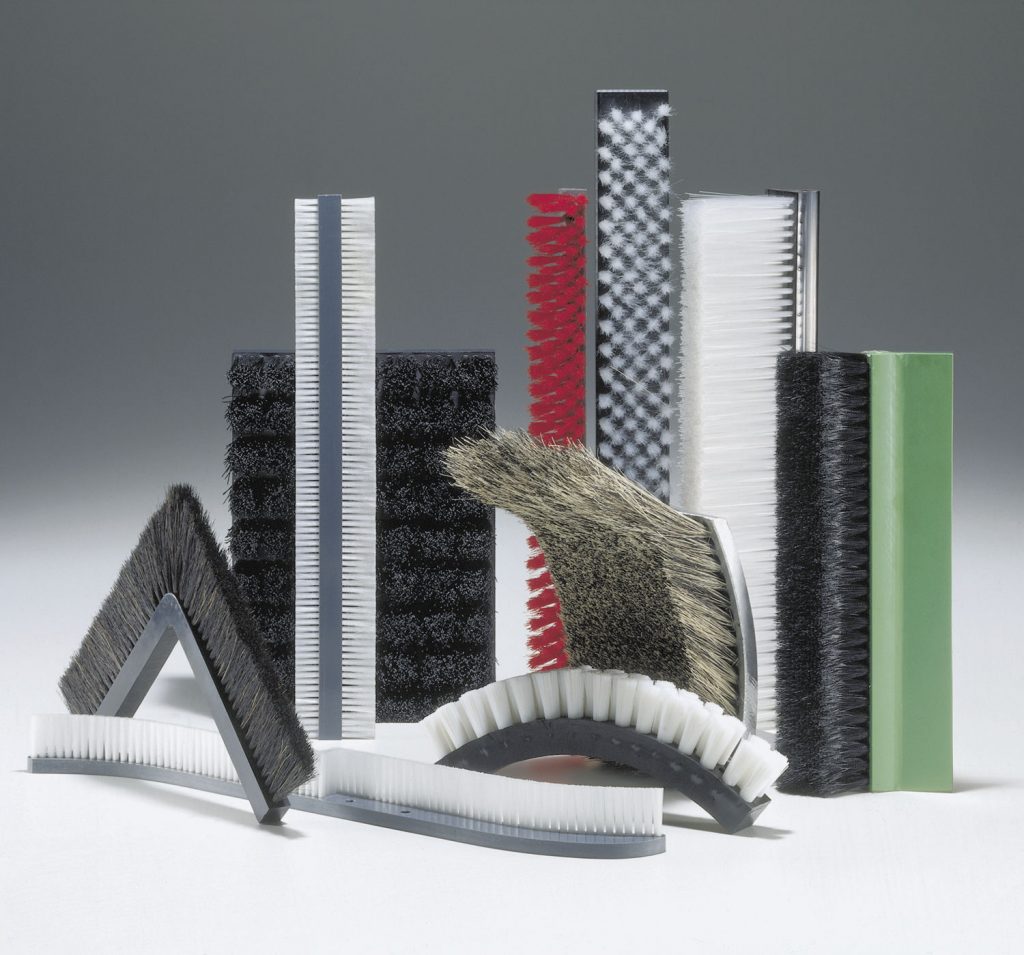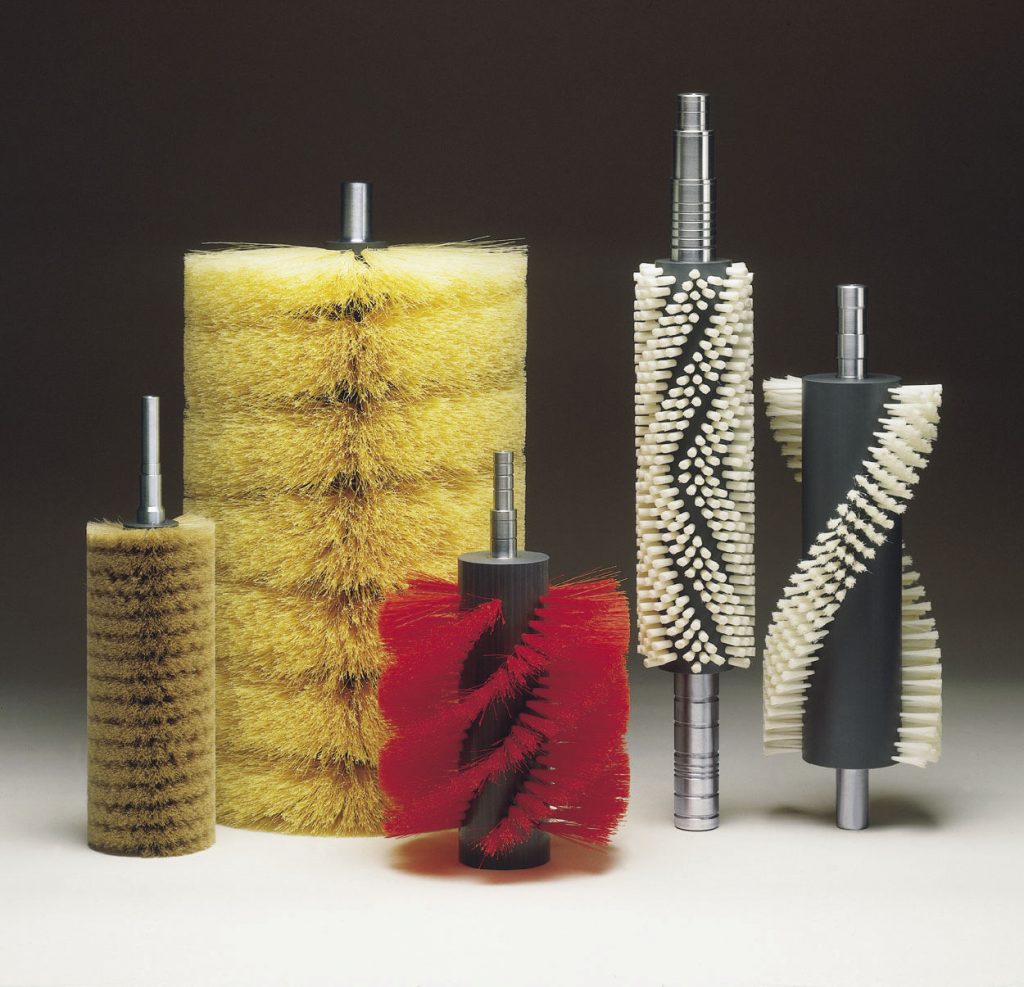Choosing the right brush material for your specific food application
When it comes to food safety, every detail counts. From the ingredients you choose to the tools you use in your kitchen, everything plays a crucial role in keeping your food free from contamination and ensuring its quality. One of the most important tools is your brush – but are you using the right one?
In this blog post, we’ll take a closer look at the different types of brush materials available and help you choose the best one for your specific food application. So whether you’re a professional chef or a home cook looking to elevate your culinary game, read on to discover how choosing the right brush material can make all the difference!
Introduction to Cylinder Brushes
Cylinder brushes are one of the most versatile types of brushes and can be used in a wide variety of food applications. When choosing a cylinder brush, it is important to consider the type of food being processed, as well as the specific requirements of the application.
There are two main types of cylinder brushes: natural fiber and synthetic. Natural fiber brushes are made from materials like horsehair, boar hair, or Tampico fibers. Synthetic brushes are made from nylon or polypropylene. Each type of brush has its own advantages and disadvantages That should be considered when selecting the right brush for your application.
Natural fiber brushes are typically more durable and resistant to wear than synthetic brushes. They also have better absorbency properties, making them ideal for applications where liquids need to be removed from the surface being cleaned. However, natural fiber brushes can be more difficult to clean and sterilize than synthetic brushes, and may not be suitable for all food applications.
Synthetic brushes are less durable than natural fiber brushes but are easier to clean and sterilize. They also tend to be less expensive than natural fiber brushes. Synthetic brushes are a good choice for applications where durability is not as important as easy cleaning and sterilization.
Types of Cylinder Brushes for the Food Industry
There are many different types of cylinder brushes for the food industry, each with its own unique benefits. The type of brush you choose will depend on the specific application you need it for.
The most common type of cylinder brush is the nylon brush. Nylon brushes are known for their durability and resistance to chemicals. They are often used in high-temperature applications and can withstand repeated cleaning cycles.
Another popular type of cylinder brush is the polypropylene brush. Polypropylene brushes are softer than nylon brushes and are less likely to scratch delicate surfaces. They are often used in applications where food contact is a concern, such as in bakeries or restaurants.
Stainless steel brushes are also available and can be used in both high-temperature and wet applications. Stainless steel brushes are more resistant to corrosion than other types of brushes and can provide a longer lifespan.
Further Reading: other cylinder brushes material
Factors to Consider When Choosing a Brush Material
When it comes to choosing a brush material for your specific food application, there are a few key factors you need to consider in order to ensure you’re making the best decision for your needs. Here are a few of the most important factors to keep in mind when choosing a brush material:
- The type of food you’ll be using the brush with Different types of food will require different types of brushes. For example, if you’re going to be using the brush with sticky or thick foods, you’ll want to make sure You choose a material that can handle those types of textures without issue.
- The environment the brush will be used in: Another important factor to consider is the environment in which the brush will be used. If it’s going to be used in a wet or humid environment, you’ll want to make sure the material can stand those conditions without deteriorating.
- Your budget: Of course, another key factor to consider is your budget. Different materials come with different price tags, so you’ll need to find something that fits within your budget while still meeting your other needs.
By taking all of these factors into consideration, you can narrow down your choices and find the perfect brush material for your specific food application.
Advantages and Disadvantages of Different Brush Materials
There are a few different types of materials that brushes can be made out of, each with its own advantages and disadvantages. Here is a breakdown of the most common brush materials:
Nylon: Nylon is a synthetic polymer that is often used in food-grade applications because it is non-absorbent and easy to clean. It also has good resistance to heat and chemicals. However, nylon bristles can be stiff and may scratch delicate surfaces.
Polypropylene: Polypropylene is another synthetic polymer that is similar to nylon in terms of its properties. It is also non-absorbent and easy to clean, with good resistance to heat and chemicals. Polypropylene bristles are usually softer than nylon bristles, making them ideal for delicate surfaces.
Natural Fibers: Natural fiber brushes (such as those made from horsehair or boar hair) are often used in high-end applications where a softer touch is required. They are absorbent, so they can hold oils and liquids well, but this also means they are more difficult to clean. Natural fibers can also be damaged by heat or chemicals.
Benefits of Using Cylinder Brushes for Food Applications
When it comes to food-grade brushes, there are a few key considerations to keep in mind. But one of the most important is finding a brush that will stand up to your specific application. And that’s where cylinder brushes come in.
Cylinder brushes are designed for use in a variety of applications, including those that involve contact with food. That’s because they’re made from FDA-approved materials and are designed to meet strict food safety standards.
In addition to being made from safe materials, cylinder brushes also offer a number of other benefits for food applications. For example, they’re able to withstand high temperatures and can be used in both wet and dry environments.
Plus, cylinder brushes are available in a variety of sizes, shapes, and bristles types, so you can find one that’s perfect for your specific needs. Whether you need a brush for scrubbing vegetables or one that can handle delicate items like eggs, there’s a cylinder brush out there that will get the job done right.
Safety Tips for Using Brushes in the Food Industry
- Always choose a brush with FDA-approved bristles for use in the food industry.
- Be sure to clean and sanitize your brushes regularly, according to your establishment’s guidelines.
- Inspect your brushes regularly for wear and tear, and replace them as needed.
- Store brushes in a clean, dry place away from potential contaminants.
-
4M Gutter Protection Brush
4M Gutter Protection Brush Twister Gutter Brush – 4m Constructed of high-quality polypropylene filaments firmly held in a flexible central rust-resistant stainless steel core Gutter Guard It is designed to keep gutters clear of debris like moss, leaves and twigs all year round while Water is still allowed to flow freely. It’s easy to install…
-
Are Wheel Brushes Necessary
Introduction Are wheel brushes necessary? This question often arises among car enthusiasts and detailing enthusiasts alike. These brushes are special equipment created for washing complicated and challenging-to-reach areas of vehicle wheels, like spokes, cracks, and spaces behind brake dials. We are going to talk about the use of these during this introduction to maintain the…
-
Bottle Cleaning Brush
Bottle Cleaning Brush When you want to keep your kitchen appliances clean and tidy, it’s time to break out our bottle brush cleaner! Now, cleaning hard-to-reach spaces will be as easy as drinking a glass of water. This Cleaning Brush is for your kettle spout, straws, teapot nozzle and water bottles. With our durable yet…
conclusion
Choosing the right brush material for your specific food application can be a difficult and time-consuming task, but it is necessary in order to ensure that you have the best possible product. We hope this article has been helpful in clarifying the different types of brushes available and helping you make an informed decision on which one will suit your food prep needs. By taking into account all factors such as budget, desired results, and health & safety regulations, you should now feel confident in choosing the perfect brush material for your unique application.
Related Blog
Related Brush Products





